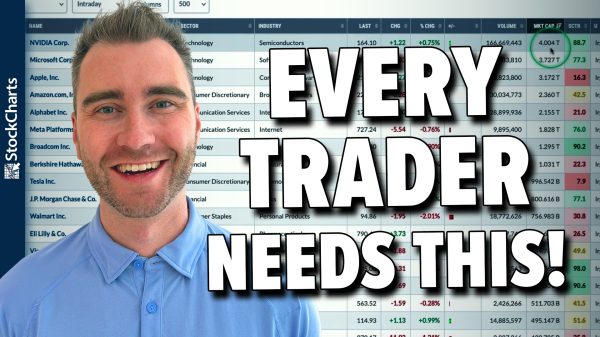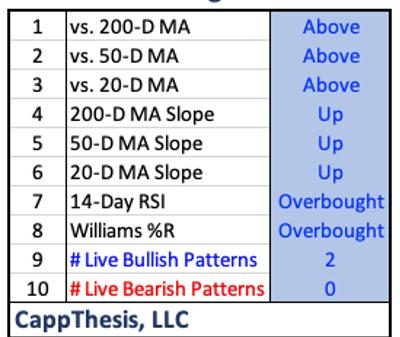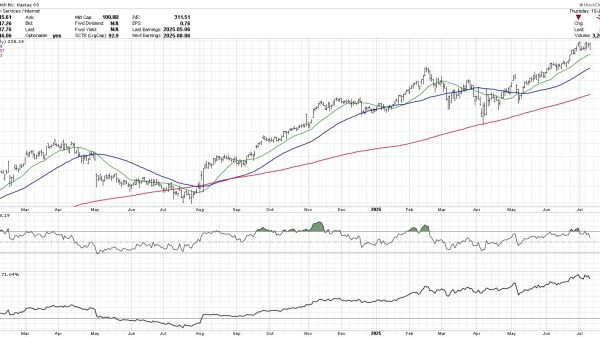TICK Scalping: What Is It and How to Use It?
Tick scalping is a high-frequency trading strategy utilized in financial markets, including the foreign exchange (Forex) market, where traders aim to profit from small price movements known as ticks. In tick scalping, traders execute numerous trades within a short period, often holding positions for only a few seconds or minutes.
The primary goal is to accumulate small gains from each trade while minimizing exposure to market risk.
High-frequency trading strategy
As stated earlier, tick scalping is a high-frequency trading strategy. So, it is vital to gather more information about a high-frequency trading strategy.
High-frequency trading (HFT) is a trading strategy characterized by the rapid execution of a large number of trades within extremely short timeframes, often measured in milliseconds or microseconds. HFT relies on advanced algorithms, high-speed data connections, and powerful computing technology to analyze market data, identify trading opportunities, and execute orders with minimal latency.
Here are some key aspects of high-frequency trading:
Algorithmic trading
HFT strategies are primarily executed through automated trading algorithms that are designed to exploit inefficiencies in the market and capitalize on small price discrepancies. These algorithms use complex mathematical models, statistical analysis, and machine learning techniques to make split-second trading decisions.
Market liquidity
HFT firms typically target highly liquid markets and instruments, such as stocks, currencies, futures, and options. By trading in liquid markets, HFT firms can enter and exit positions quickly without significantly impacting prices. Liquidity is essential for executing large volumes of trades with minimal slippage.
Low latency execution
HFT relies heavily on ultra-fast execution speeds to gain a competitive edge in the market. HFT firms invest significant resources in optimizing their trading infrastructure, including co-locating servers at exchange data centers, using high-speed data connections, and employing low-latency trading software.
Minimizing latency is critical for capturing fleeting trading opportunities and staying ahead of competitors.
Arbitrage and market making
HFT strategies encompass a wide range of techniques, including arbitrage and market making. Arbitrage involves exploiting price differentials between related assets or markets, while market making involves providing liquidity by simultaneously quoting buy and sell prices and profiting from the bid-ask spread.
Regulatory scrutiny
HFT has attracted regulatory scrutiny due to concerns about market manipulation, market stability, and fairness. Regulators have implemented measures such as circuit breakers, minimum order resting times, and market maker obligations to mitigate the risks associated with HFT. Additionally, regulatory agencies closely monitor HFT activity and enforce rules to maintain the integrity and transparency of financial markets.
Tick scalping and its importance
Let’s return to tick scalping.
The idea behind tick scalping revolves around exploiting short-term price fluctuations in highly liquid markets. Instead of focusing on larger price movements over extended periods, tick scalpers capitalize on the frequent oscillations that occur within the market on a tick-by-tick basis.
This approach requires precision timing, rapid decision-making, and advanced trading technology to execute trades swiftly and efficiently.
Key elements of tick scalping:
High frequency: Tick scalping involves executing a large number of trades within a short timeframe, sometimes ranging from seconds to minutes. This high frequency allows traders to capitalize on small price differentials quickly.
Small profits per trade: Scalpers target minimal price movements, commonly referred to as ticks, to generate profits. These gains may seem insignificant on a per-trade basis but can accumulate significantly over numerous transactions.
Tight stop-loss orders: To manage risk, tick scalpers employ tight stop-loss orders to limit potential losses on each trade. Since they aim for small profits, preserving capital and minimizing losses is paramount.
Advanced technology and automation: Tick scalping requires advanced trading platforms and automation tools to execute trades swiftly and efficiently. Automated algorithms can analyze market data, identify trading opportunities, and execute orders within milliseconds, ensuring that traders can capitalize on fleeting price movements.
Focus on liquidity: Scalpers typically target highly liquid markets and currency pairs to ensure they can enter and exit positions rapidly without significantly impacting prices. Liquidity is essential for executing large volumes of trades without experiencing slippage or delays.
Tick scalping in Forex
The Forex market is particularly well-suited for tick scalping due to its high liquidity, continuous trading hours, and tight bid-ask spreads. Forex tick scalpers focus on currency pairs with the highest trading volumes, such as EUR/USD, USD/JPY, and GBP/USD.
Here’s how tick scalping works in the Forex market:
Market analysis: Tick scalpers utilize technical analysis techniques to identify short-term price patterns and trends. They often rely on indicators like moving averages, oscillators, and support/resistance levels to pinpoint entry and exit points.
Trade execution: Once a trading opportunity is identified, scalpers enter and exit positions rapidly, often within seconds. They use limit orders to enter trades at specific price levels and set tight stop-loss orders to manage risk. Given the high frequency of trading, automated trading systems are commonly employed to execute orders swiftly and accurately.
Risk management
Given the high frequency of trades and small profit margins, effective risk management is crucial for tick scalpers. Scalpers typically risk a small percentage of their trading capital on each trade and adhere to strict discipline when it comes to stop-loss placement and trade size.
Monitoring market dynamics: Tick scalpers closely monitor market depth, order flow, and price action to adapt to changing market conditions quickly. They need to stay vigilant for signs of reversals, breakouts, or other opportunities that may warrant adjusting their trading strategy.
Emotional control: It requires a disciplined mindset and the ability to remain calm under pressure. Since trades are executed rapidly, emotional reactions can impair decision-making and lead to costly mistakes. Successful scalpers maintain a focused and rational approach to trading, avoiding impulsive actions driven by fear or greed.
Broker selection: Tick scalpers often choose brokers that offer low latency execution, minimal slippage, and competitive spreads. The quality of trade execution and the reliability of the trading platform are critical factors for scalpers, as even slight delays can impact profitability.
To sum up, tick scalping is a high-frequency trading strategy focused on profiting from small price movements in liquid markets like Forex. While it offers the potential for quick profits, tick scalping requires precision timing, advanced technology, strict risk management, and emotional discipline.
It is worth noting that traders must be prepared to adapt rapidly to changing market conditions and execute trades with speed and efficiency to succeed in this challenging but potentially rewarding trading approach.
The post TICK Scalping: What Is It and How to Use It? appeared first on FinanceBrokerage.
























